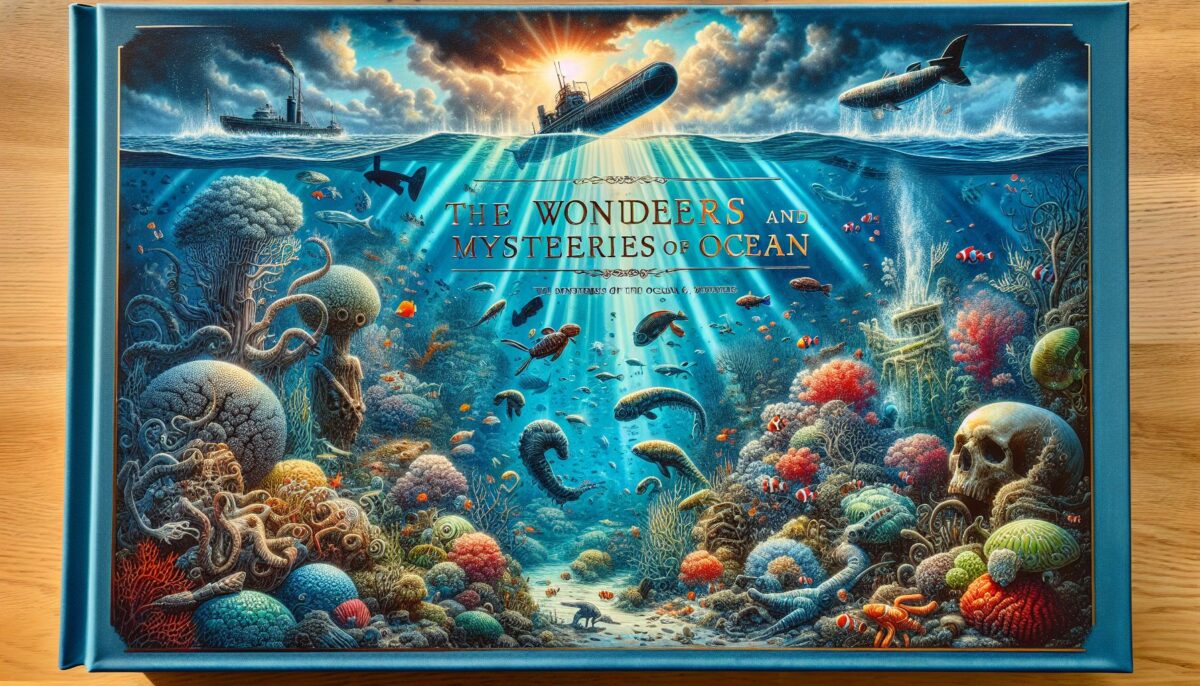Oceanography, generally defined as the study of the oceans and their phenomena, is a complex tapestry weaved from several scientific disciplines. From tidal energy to incredibly diverse marine life, the depths of our oceans conceal the Earth’s most exciting secrets. This captivating world under the sea plays a crucial role in our global climate systems and the air we breathe. However, our understanding of it remains largely limited. This article explores the mesmerizing world of oceanography and the amazing life and resources that exist within our oceans.
Tides and Currents: The Ocean’s Constant Flux
The ocean is never still. Its waves, tides, and currents consistently exhibit the deepest rhythms of the Earth. Tides, caused by gravitational forces from the Moon and Sun, affects both the ocean ecosystem and terrestrial life. From influencing the behaviors of marine animals to assisting in human navigation, the gifts of the tide are many. Currents, on the other hand, are driven by a variety of factors, including the wind, temperature, and saltiness. The Gulf Stream is an example of an ocean current that regulates the climate of the regions it passes through. It transports warm water from the Gulf of Mexico towards the North Atlantic, moderating the climate of Western Europe.
Layers of Life: Exploring the Marine Biodiversity
Marine biodiversity, the variety of life in the oceans, surpasses that on land. From towering kelp forests to the most microscopic plankton, the ocean’s inhabitants come in awe-inspiring shapes, sizes, and colors. Coral reefs, in particular, are “rainforests of the sea” – teeming with life, housing thousands of species in a relatively small area. However, these marvels are under a severe threat because of rising ocean temperatures causing widespread coral bleaching. Conservation organizations like the Coral Reef Alliance are working tirelessly to protect them from complete devastation.
Unseen Energy
The ocean doesn’t merely house life – it’s also a potential power generator. Both tidal and wave energy represent promising sources of renewable energy. Tidal energy utilizes the regular ebb and flow of coastal tides to generate power – a process that, if effectively harnessed, could power millions of homes. Meanwhile, wave energy aims to exploit the kinetic energy in the undulating water surface to produce electricity.
Threats and Conservation
However, our oceans do not remain untouched by human activities. Issues like climate change, pollutants, and overfishing are wreaking havoc on ocean ecosystems. Oil spills are perhaps the most infamous marine pollutant, causing immediate and long-term damage to marine life, such as the notorious Deepwater Horizon spill in 2010. Ocean acidification, increased seawater acidity due to the absorption of excessive CO2, is another critical concern, posing a threat to all marine life, particularly organisms with shells or skeletons like corals and mollusks.
An urgent collective effort is necessary to conserve our oceans. Marine protected areas represent one approach in this regard, offering safe havens for biodiversity by restricting harmful human activities. UNESCO’s Marine World Heritage Programme is an international initiative that seeks to protect these areas and encourage sustainable use.
Raising Awareness
Oceanography plays an incredibly essential role in understanding and protecting our oceans. By exploring the mysterious depths of the sea, we can unravel the solutions to some of the most pressing environmental issues faced today. As awareness and appreciation for our oceans increase, so do our motivation and actions to conserve these vital life-supporting ecosystems.
As we wind down this extraordinary journey into the world of oceanography, it is clear that the ocean is much more than a vast water body. It is a nurturer of life, a potential savior in an energy-scarce world, and a signaler of the drastic impacts of human negligence. In each wave, it whispers stories of change, adaptation, and survival, imploring us to listen, learn, and protect.
And amidst these hidden depths and unexplored vistas, oceanographers continue their quest – to research, protect, and marvel at the wonders of nature. Their work, a testament to human curiosity and determination, serves as a beacon of hope.
